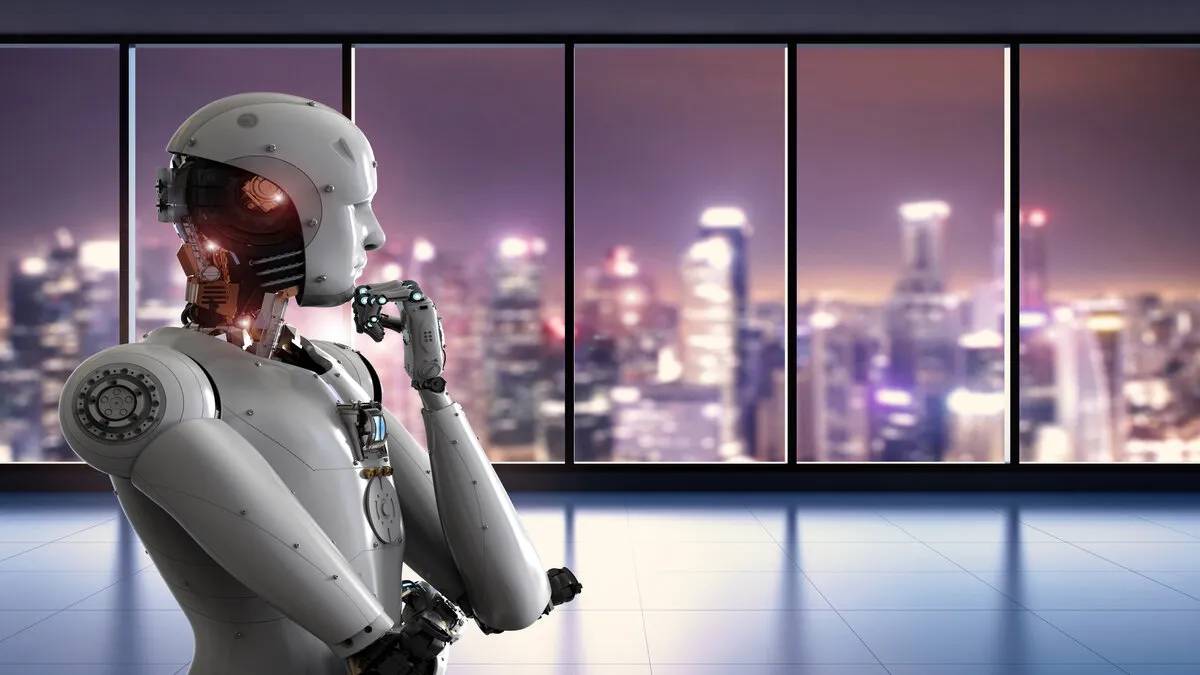
What are robots?
Let’s begin by defining certain terms. Most of us are familiar with the concept of robots, but we may find it difficult to distinguish them from other types of machines.
Robotics vary from other machines in how they interact with the world, as we will see in this open step on the nature of robots. They have the ability to modify their environment and adapt to the world around them based on their activities.
Robots are robots that have the ability to see, reason, plan, and act independently. They can not only accomplish jobs on their own, but also enhance human skills and emulate human behaviours.
What is robotics?
The science and technology involved in the design, construction, and usage of robots is known as robotics. A robot, on the other hand, is a programmable mechanism that can interact with objects. Also, have it mirror human or animal behaviour in some way.
Robotics brings together areas such as computer science, electronics, mechanics, and engineering. The primary goal of robotics is to create machines that function autonomously and execute challenging tasks for humans.
Robotics has advanced at a breakneck pace in recent years, spawning a slew of new specialties. Robotic surgery, for example. In this scenario, the explicit goal is to improve the health of the human person.
And to do so, it performs a series of highly sophisticated surgical procedures that need extreme accuracy. As a result, employing robots, it is feasible to reduce the hazards that are associated with human-driven activities.
Types of robots:
Although the notion of robots has been around for a long time, it is only in the last few decades that they have become more complicated and useful.
Some of these sorts of robots, as covered in our open step on robot applications, include:
Industrial:
The most prevalent application of robots is in basic, repetitive industrial activities. Assembly line procedures, picking and packaging, welding, and other related activities are examples. They are dependable, accurate, and quick.
Military:
Military forces all over the globe now deploy robots in fields like UAVs (Unmanned Aerial Vehicles), UGVs (Unmanned Ground Vehicles), triage, and surveillance, thanks to recent breakthroughs.
Service:
The personal service business is one of the fastest-growing sectors in robotics. Manual chores such as food distribution and cleaning are examples of applications.
Exploration:
Robots are frequently used to access hostile or otherwise inaccessible regions. Exploratory robots in space, such as the Curiosity Rover on Mars, are a good example.
Hazardous conditions:
Again, some situations, such as disaster zones, high-radiation locations, and severe conditions, can be hazardous to humans.
Medical:
Medtech robots are being employed in a variety of ways in the healthcare industry. Whether it’s aiding with surgery, rehabilitation, or physiotherapy, or handling test specimens.
Entertainment:
People are increasingly purchasing robots for entertainment (especially during the epidemic). There are a variety of popular toy robots, as well as robot restaurants and massive robot monuments.
Advantages of Robots:
- In some situations, they can boost productivity, efficiency, quality, and consistency.
- Robots, unlike humans, do not become bored.
- They may keep repeating the same procedure until they wear out.
- They may be extremely precise, down to fractions of an inch, which makes them particularly helpful in microelectronics production.
- Robots can operate in hazardous conditions for humans, such as with hazardous chemicals or in high-radiation zones.
- They don’t have the same physical or environmental demands as humans.
- Some robots feature sensors and actuators that are superior than those found in humans.
Will robots one day be able to take over the world?
Robots are already everywhere, whether it’s the automated technology that assembles our automobiles or the virtual assistants who assist us across the house via conversational interfaces. They are, however, not yet suited for all elements of life, as we’ve seen.
According to some projections, the global stock of robots might reach 20 million by 2030, with automated labour displacing up to 51 million people in the following ten years. While robots are unlikely to take over the planet, they may become increasingly prevalent in our daily lives.
How will robots alter the world?
According to a McKinsey report, automation and robotics will revolutionise the way we work. They believe that employees in different parts of Europe will require different talents in order to obtain job. According to their estimate, activities requiring mostly physical and manual abilities would decrease by 18% by 2030, while those needing basic cognitive skills will decrease by 28%.
Technical skills will be required of workers, and those with expertise in STEM subjects will be in even higher demand. Many occupations will also require socioemotional skills, particularly those that cannot be automated, such as caring towards others and teaching.
Many routine jobs in our homes, such as cooking and cleaning, may be completely automated. In the same way, machines that can use computer vision and natural language processing, such as self-driving cars and communication devices, may grow more capable of communicating with the outside world.
Robotics may also have an impact on the future of medicine. Surgical robots can do extremely precise treatments, and with advances in artificial intelligence, they may one day be able to perform surgeries on their own.
Machines and robots that can learn may have a larger range of applications. Robots that can adapt to their surroundings, learn new methods, and adjust their behaviour will be better adapted to more complex and dynamic tasks in the future.
Conclusion:
Even though humanoid robots are still largely in the realm of science fiction, robotic machines are all around us. These technological wonders help us in a number of ways now, and they have the potential to change our lives in the future. Despite the numerous advantages and disadvantages, one thing is certain: people with robotics skills will be in high demand in the future. Whether it’s creating, programming, or maintaining robots, there will almost likely always be jobs in the industry.